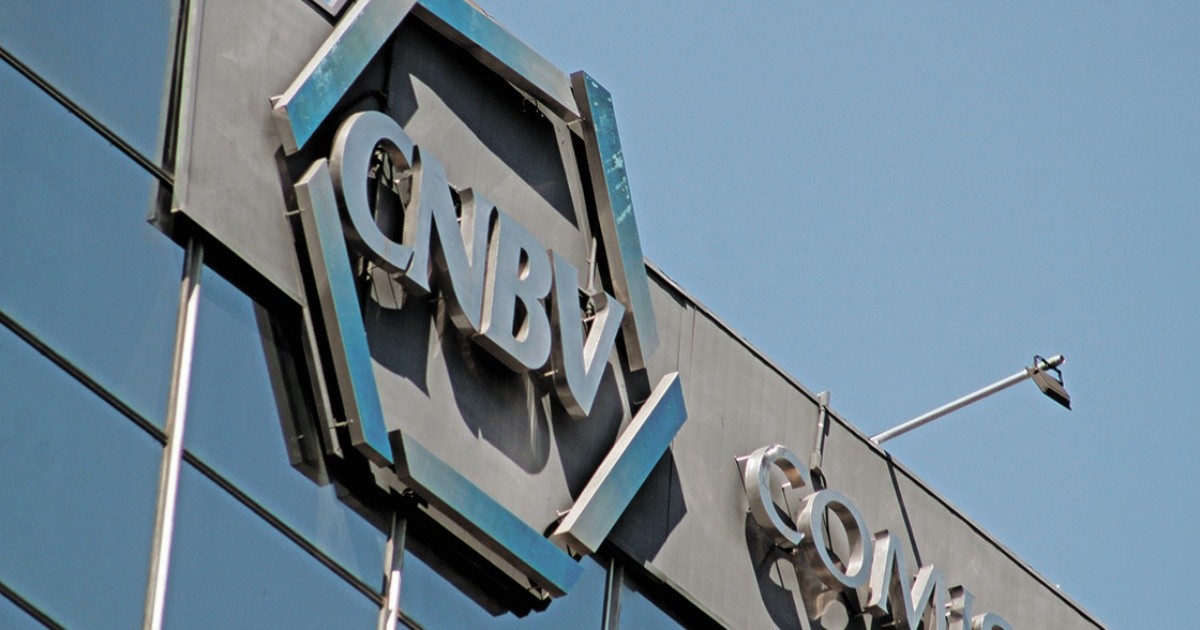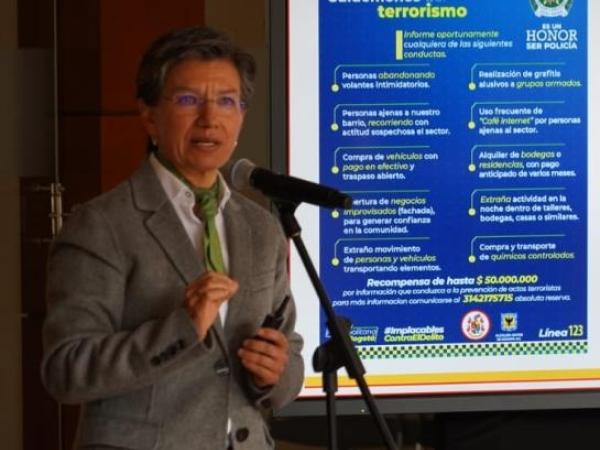The shortage of specialists, the centralization of services and the lack of economic resources are some of the factors.
In Ecuador, each year about 700 new cases from child cancer. Those who are diagnosed have less than 50% cureagree Aliz Borja, pediatric oncohematologist, and Wilson Merino, member of the Cecilia Rivadeneira Foundation.
This is far from the realities of developed countries, where the cure rate for children with cancer exceeds 80%.
Borja and Merino detail that there are, at least, three factors that influence: the deficit of specialists, the centralization of services and the lack of economic resources.
16 across the country
Based on information from the Ecuadorian Oncology Society, Borja presented, in 2020, a report detailing that in the country there are hardly any 16 pediatric oncologists. Since that year “nothing really has changed,” she says.
He explains that postgraduate students in the country are inclined towards the area of general pediatrics and not subspecialties, since doing so means more economic investment.
The ideal, in order to have timely diagnoses and treatments – Borja points out – would be to have at least one specialist in each city.
Something that adds to the chain of shortcomings for children with cancer.
Borja says that this year, all pediatric oncologists in Ecuador are part of a plan of the Pan American Health Organization (PAHO) that seeks carry out unified treatment protocols in pathologiess most common childhood cancer (see box).
Centralization of services
The Cecilia Rivadeneira Foundation made a data collection about him child cancer since it is one of the main causes of death of children in Latin America. Even, according to the Ministry of Health, Ecuador is the second nationion of the region with the highest death rate for this reason, only after Peru.
Merino says that childhood cancer is not only a medical problem, but also a social one, so it must be treated from several angles. For example, there is a complete centralization of services for patients.
Borja specifies that the treatments are carried out only in Guayaquil, Quito, Cuenca, Manabí and Loja.
For this reason, according to data from the Foundation, a patient could take, on average, three hours in reaching a site where receive your treatment.
Added to this is the economic factor. in a survey to 286 families of children with cancer in 18 provinces of the country, it was seen that the 55% earn less than a basic salary ($425 a month).
Another important fact is that 72% of parents have had to pay for their children’s medications; a problem that has been reported during the whole pandemic (as of 2020.)
These factors also influence that approximately between 40% and 52% of minors abandon their treatments. The experts add that institutional strategies must be generated in the country, to address from prevention, timely detection and treatment with comprehensive well-being not only for children with cancer patients but also for their families. Even 47% of those surveyed stated that they had not received mental health care during cancer treatment.(AVV)
- Leukemia is the most common cancer in children, followed by tumors of the central nervous system, lymphomas, and tumors of the abdomen.
- Childhood cancer is one of the main causes of mortality in the world.
- In high-income countries, more than 80% of children are cured and in low-middle income countries the cure rate is 15% to 45%, Ecuador falls within that range.
- The mortality rate by age from 0 to 19 is the second highest in South America, after Peru.
- 70% of mothers stop working to accompany their children to treatments. This further exacerbates the gender gap in the workplace.
Source: Ministry of Health, Cecilia Rivadeneira Foundation.
specialists
Pediatric oncologists Ecuador
Guayaquil: 6
Quito:4
Manabi: 3
Basin: 2
Store: 1
Source: Society of Oncology of Ecuador
“Cancer care requires a multidisciplinary group. The ideal would be to have a pediatric specialist who has knowledge in childhood oncology, in each city”, Aliz Borja, pediatric oncohematologist.
Aproximadamente 700 nuevos casos de cáncer infantil se detectan al año, en Ecuador.








